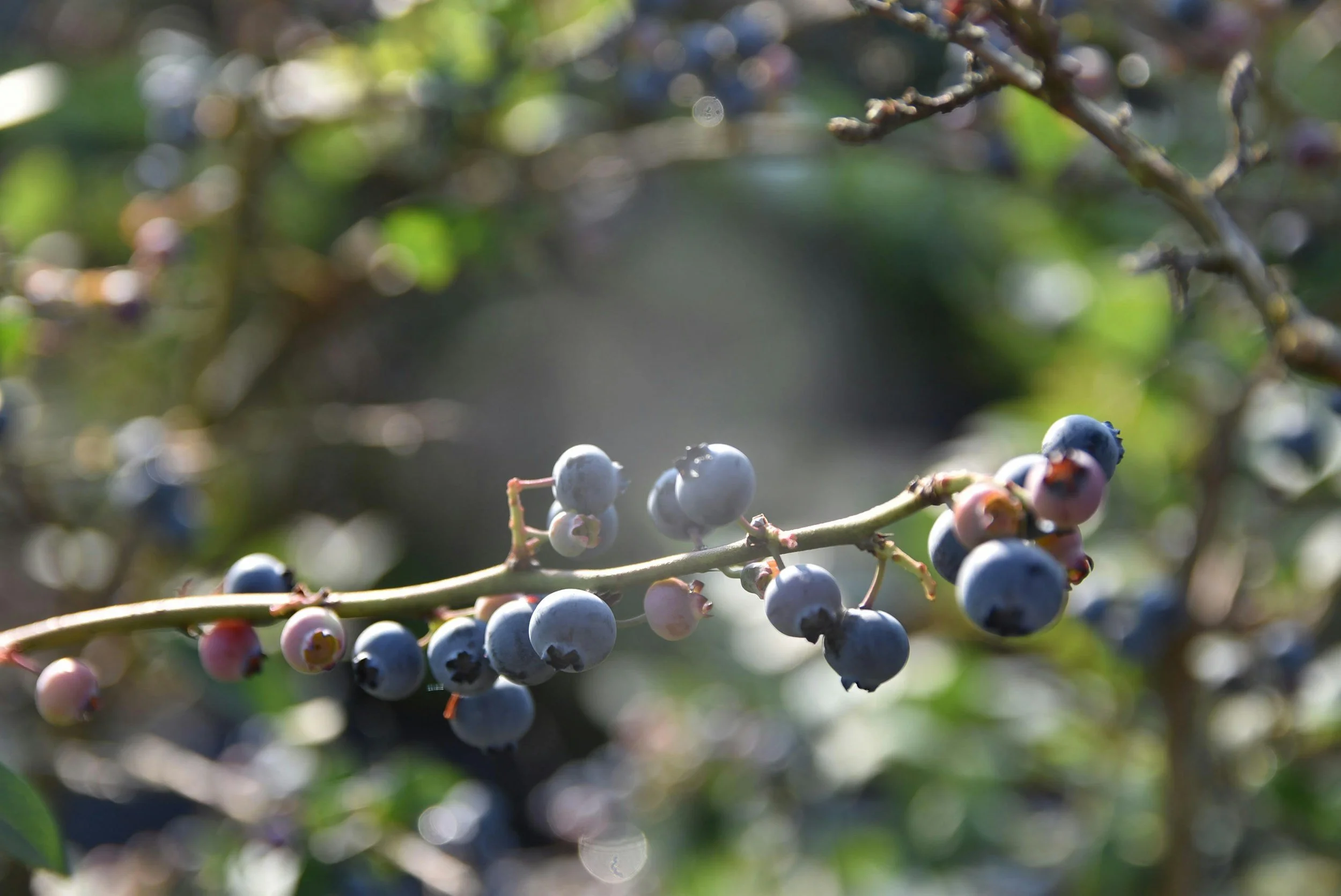
Welcome to the Blueberry Blog
Recipes, insights, and strategies for gut health & blood sugar balance.
Chocolate Coconut Protein Balls
These chocolate coconut balls are the perfect grab-and-go snack. Packed with fiber, healthy fats, and protein, they’ll conquer your hunger mid-afternoon without the sugar crash. These are so good, you’re going to want to make them every week!
Blueberry Chia Jam
This blueberry chia jam is low-sugar, super simple, and actually good for your gut. Chia seeds add fiber and help it thicken naturally, while blueberries bring antioxidants and natural sweetness. Perfect on toast, yogurt, or ice cream (no judgment here!).
IBS and Pre-Diabetes: Why I Support Clients With Both
As a dietitian living with IBS and a certified diabetes educator, I know firsthand how frustrating and confusing these conditions can be. I’ve had to plan my day around gut symptoms, and I’ve seen clients struggle with the overwhelm of a new prediabetes diagnosis. What I love most about my work is helping people realize two things:
Cranberry Orange Energy Balls
These cranberry orange energy balls are the perfect grab-and-go snack. Packed with fiber, healthy fats, and a touch of protein, they’ll keep your energy steady between meals without the crash. I love them as a quick pre-workout bite, an afternoon pick-me-up, or even a healthier holiday treat. These are so good, you’re going to want to make them every week!
Chocolate Zucchini Bread
This chocolate zucchini bread is rich, moist, and packed with flavour plus a hearty dose of zucchini. Made with oat flour for extra fibre, less total sugar, and uses canola oil and Greek yogurt instead of butter — it’s a great choice for anyone managing insulin resistance, pre-diabetes, or diabetes. The best part? It still tastes like dessert.
Roasted Soy Beans
Roasted soybeans are a seriously underrated snack—packed with fibre and plant-based protein to help keep your blood sugars steady and your gut feeling good between meals. Bonus: they add the perfect crunch to salads, yogurt bowls, or even a quick trail mix.
Lemon Poppyseed Protein Pancakes (Low FODMAP)
These lemon poppyseed protein pancakes are a staple in my meal prep rotation. They’re naturally higher in protein and balanced with fiber-rich ingredients — making them a great choice for steady energy, fewer blood sugar spikes, and delicious weekday breakfasts.
Change Takes Time: A Pep Talk for Anyone Managing IBS or Pre-Diabetes
"My shoulder hurts."
I probably said that at least 10 times the other day during my work-out. Ugh. Why do so many of us feel the need to complain constantly when it adds no value to anyone else and doesn't really make us feel any better?
Saturated Fat and Blood Sugar: What You Need to Know for Pre-Diabetes and Gut Health
Saturated fat has been a hot topic in the nutrition world for decades… but what does it actually mean for your blood sugar, digestion, and overall health?









